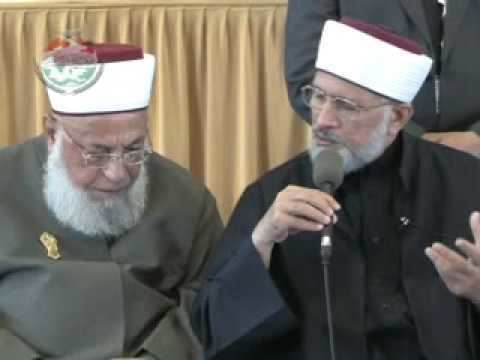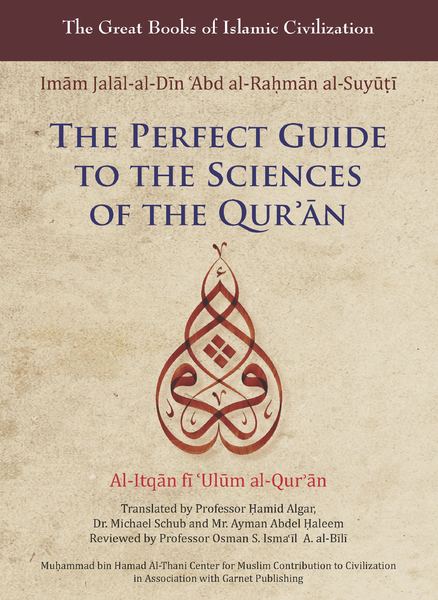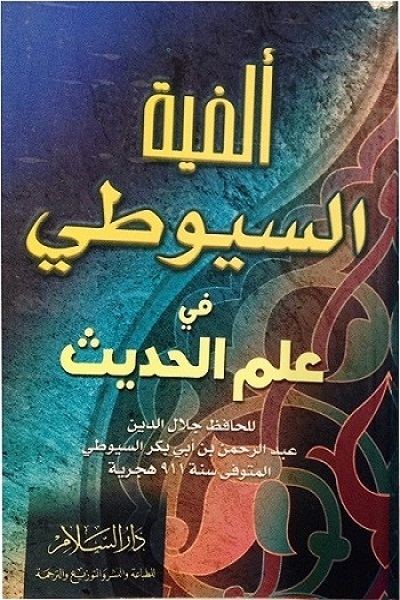Name Abū al-Suyūṭī Denomination Sunni Role Teacher | Parents Abu Bakr bin Muhammad Creed Ash'ari Region Egypt | |
 | ||
Books The Perfect Guide to the Scien, Tafsir al‑Jalalayn, History of the Caliphs, The Remembrance of God: T, Dur al‑Manthur Similar People Ibn Hajar al‑Asqalani, Ibn Arabi, Ahmad Sirhindi, Ahmed Raza Khan Barelvi, Rumi | ||
Abū al-Faḍl ‘Abd al-Raḥmān ibn Abī Bakr ibn Muḥammad Jalāl al-Dīn al-Khuḍayrī al-Suyūṭī (Arabic: جلال الدين عبد الرحمن بن أبي بكر بن محمد الخضيري السيوطي; c. 1445–1505 AD) was an Egyptian religious scholar, juristic expert and teacher, and one of the most prolific writers of the Middle Ages of Persian origin, whose works deal with Islamic theology. In 1486, he was appointed to a chair in the mosque of Baybars in Cairo. He adhered to the Shafi'i Maslak and is one of the latter-day authorities of the Shafi'i School, considered to be one of the Ashabun-Nazzar (Assessors) whose degree of ijtihad is agreed upon. An alternative spelling of his name is Jalaluddin.
Contents

Biography

Al-Suyuti was born on 3 October 1445 AD (1 Rajab 849 AH) in Cairo, Egypt. His mother was Circassian and his father was of Persian origin, while Al-Suyuti says that his ancestors came from Al-Khudayriyya in Baghdad. His family moved to Asyut in Mamluk Egypt, hence the nisba "Al-Suyuti". Al-Suyuti's father taught Shafi'i law at the Mosque and Khanqah of Shaykhu in Cairo, but died when Al-Suyuti was 5 or 6 years old.

Al-Suyuti studied various subjects, including: Shafi'i and Hanafi jurisprudence (fiqh), traditions (hadith), exegesis (tafsir), theology, history, rhetoric, philosophy, philology, arithmetic, timekeeping (miqat) and medicine. He started teaching Shafi'i jurisprudence at the age of 18, at the same mosque as his father did. In 1486, Sultan Qaitbay appointed Al-Suyuti shaykh at the Khanqah of Baybars II, a Sufi lodge. Al-Suyuti himself was a Sufi of the Shadhili order.

At one point, Al-Suyuti was named the mujaddid of the 9th century AH. He also claimed to have become a mujtahid (someone with the authority to personally interpret sources in order to give legal statements) in jurisprudence, hadith studies, and Arabic language. This caused friction with scholars and ruling officials, and after a quarrel over the finances of the Sufi lodge, he retreated to the island of Rawda in 1501. Al-Suyuti died on 18 October 1505.
Works

Al-Suyuti wrote about diverse subjects in many works, over 700 according to the Dalil makhtutat al-Suyuti ("Directory of al-Suyuti's manuscripts"), although numbers vary from over 500 to 981 according to a study from 1995. However, some of his works are just short pamphlets, including legal opinions.

The first book he wrote was Sharh Al-Isti'aadha wal-Basmalah in 866H, when he was seventeen years old.
Ibn Ímād writes: "Most of his works become world famous right in his lifetime. His ability to write was phenomenal. His student Dawudi says: "I was with the Shaykh Suyuti once, and he wrote three volumes on that day. He used to dictate annotations on ĥadīth, and answer my objections at the same time. He was the most knowledgeable scholar in his time of the ĥadīth and associated sciences, knowledge of the narrators including the uncommon ones, the text of the hadith matn, its chain of narrators isnad, the derivation of ruling from hadith. He has himself told me, that he had memorized One Hundred Thousand hadith."
Al-Suyuti listed 283 of his own works in Ḥusn al-muḥaḍarah. In addition to the topic of religion, al-Suyuti wrote about medicine as well. Like the medicinal works of Abu'l-Faraj ibn al-Jawzi, al-Suyuti's book was almost exclusively based on Prophetic medicine rather than a synthesis of both Islamic and Greek medicine like the works of Al-Dhahabi. Al-Suyuti's work focused primarily on diet and natural remedies for both serious ailments such as rabies and smallpox and simple conditions such as headaches and nosebleeds; he also touched on the toic of the cosmology behind the principles of medical ethics.
Some of his more famous works were:
